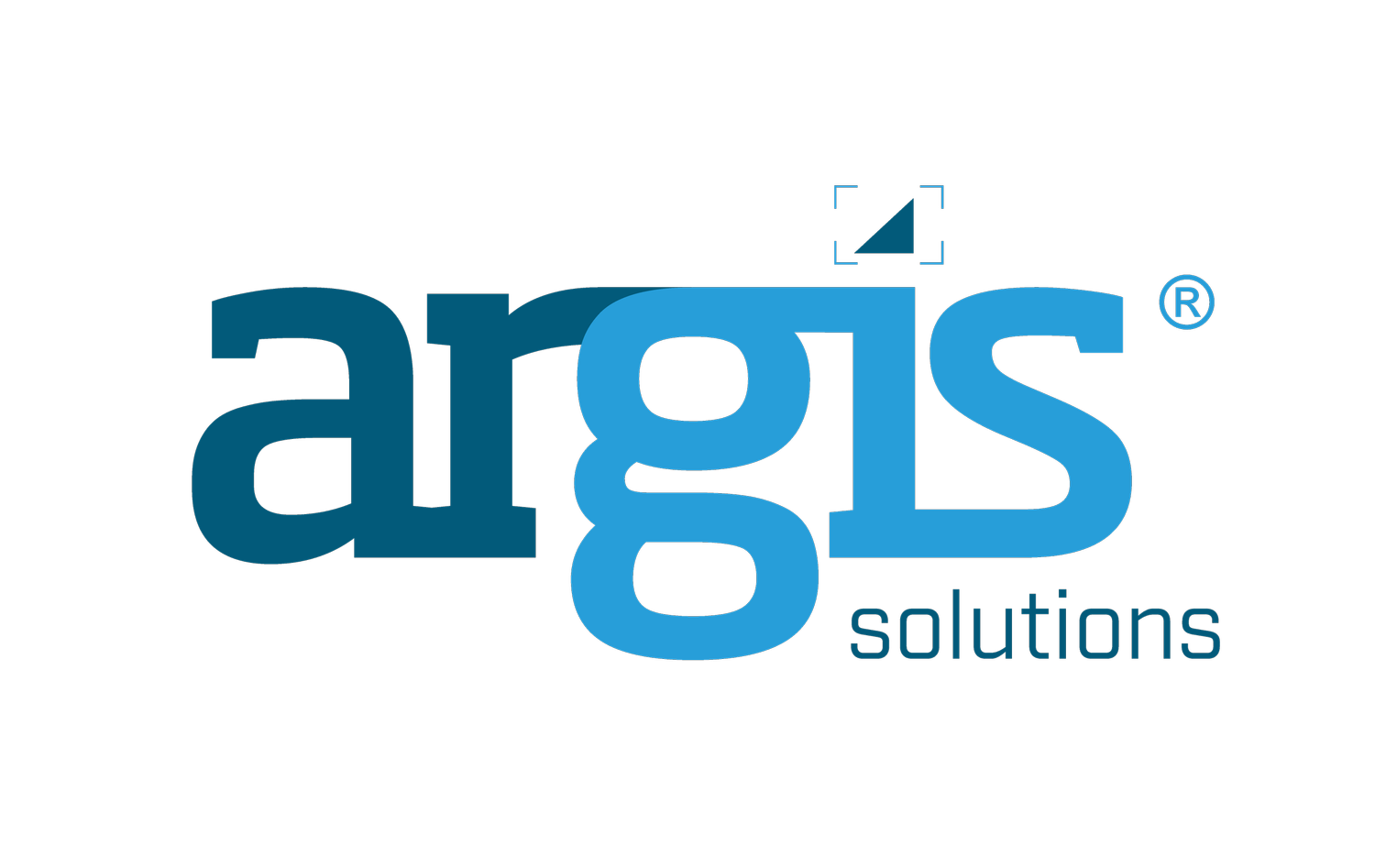Augmented Reality Meets Utility Visualization
By Ander Pierce
A variety of fallouts can precipitate from a damaged infrastructure during excavation: sinkholes from water drainage; suspension of utilities from internet, phone, electric, and gas companies; environmental fallout from sewage or oil; or an explosion caused when a spark hits a damaged gas line. These kinds of accidents cost facility owners hundreds of thousands if not millions in clean-up and damages. Considering the costs and dangers associated with these kinds of mistakes, it is no surprise that safety is the number one priority of many construction and excavation operations. Getting accurate locates is critical to the safety and mission of excavation teams, yet busy and demanding work schedules, deadlines, and poorly mapped areas create direct conflicts with the priorities of safety and precision. Many locate technicians struggle with the balance between accuracy and speed while they rush to complete all of the days open tickets. Poorly mapped regions slow work and add an element of uncertainty to the technicians and onsite inspectors in the field.
For many One Call Support outfits, the current method of locating underground assets prior to excavation largely depends on a utility locate technician detecting an electromagnetic field induced on the utility for location purposes, and then placing marks along the detected line. Ideally, detected lines are double checked against existing records to ensure accuracy, but often existing records may be inaccurate or nonexistent. Poorly mapped areas that conflict with the locates flagged by technicians slow down productivity and often provides challenges in safely excavating around critical infrastructure.
Updating existing geospatial data with accurate locations can greatly speed up future projects, saving locators hours in the field and giving excavation crews unparalleled levels of confidence in where they dig. Once a line is physically located either by traditional locate techniques or ideally when it is first installed, next generation GNSS receivers, such as the Asteri X3 paired with Tri-Global’s UtiliPad, are capable of marking locates with cm level accuracy. Companies that invest in this kind of highly accurate GIS data collection can reap benefits in efficiency and certainty in the future. When that location data is uploaded into GIS data and paired with augmented reality (AR), locators can literally see the desired line beneath the dirt by viewing the field through an iPad or Android device to double check their work. Additionally, this technology allows onsite inspectors to oversee excavation with remarkable ease and precision.
AR technology is already available to help utility companies and municipalities to create time saving and safer records of their infrastructure. New or existing geospatial data can be transferred into mapping software and used in conjunction with an AR mobile device technology such as the Argis® Framework provided by Argis Solutions. This improved workflow is robust, field ready, and offers superior communication between location technicians and central support. One Call Support Departments and Companies that have implemented AR within their field operations have found the technology provides a higher confidence level in locate operations thus increasing overall safety and accuracy in their excavation while investing in the future productivity of infrastructure maintenance.
Damage Prevention Professional Magazine is a quarterly industry publication with a print circulation of 30,000+ and digital circulation of 70,000+ throughout the United States and Canada, along with a contingent of international subscribers. This publication addresses cross-industry concerns to damage prevention stakeholders. This article was originally published in the magazine’s Special Issue: Underground Utility Locating.

